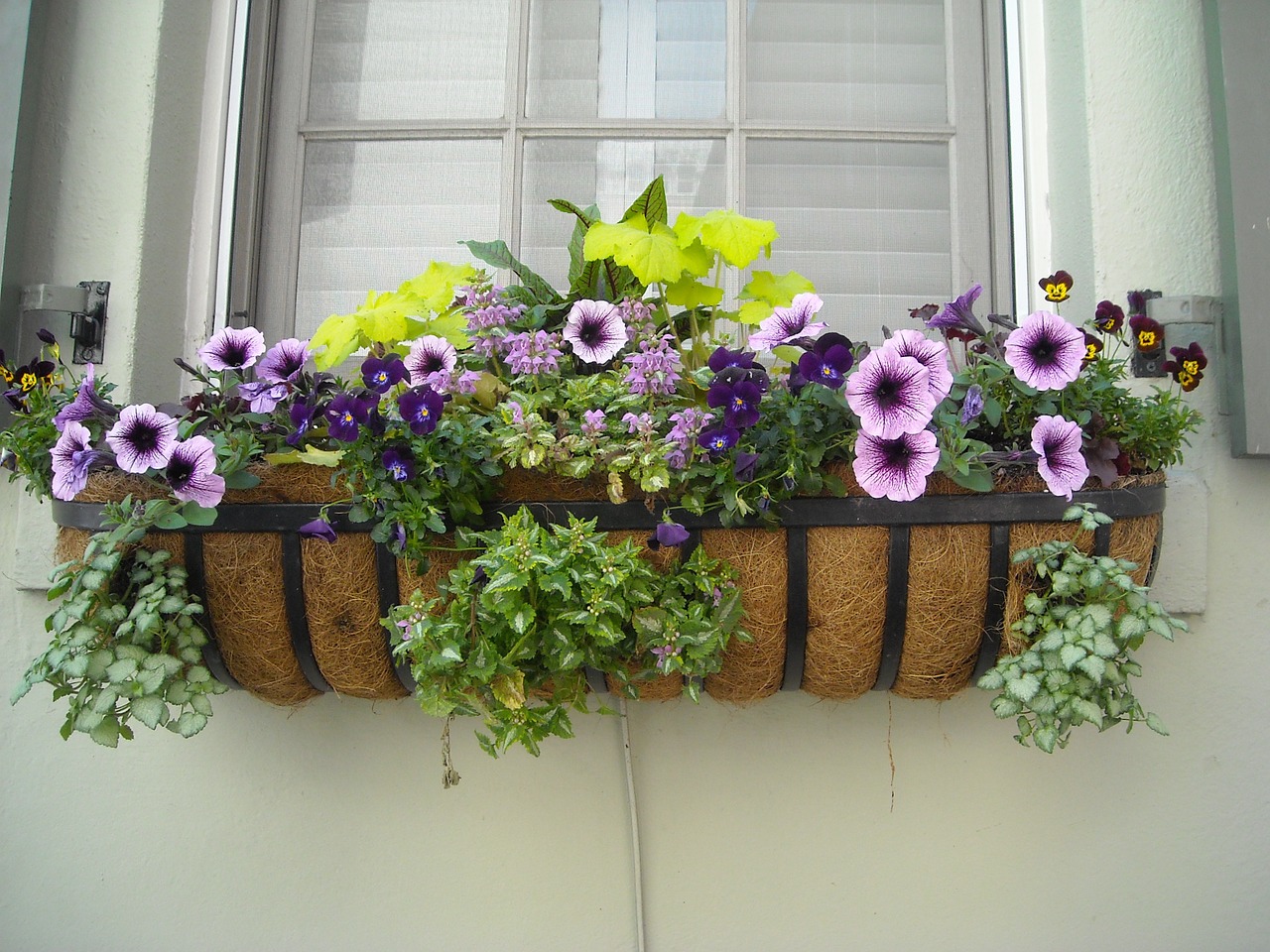5 Ways to Love Your Home Again
/Two years after moving out of the townhouse I once shared with my former husband, I still feel slightly off-kilter in my single-mom apartment. I’m always coming home, clutching piles of mail or my son’s school papers, and having no empty surface on which to put them. I can’t afford the charming bungalow I’d love to buy down the street—at least not yet—but is my frustration at home simply a problem of space and organization? Or is something else going on? Am I still resistant to, and inexperienced with living alone? Is there a design solution that would make my cheery-but-cramped living room function better and propel me into the life of my dreams?
Environmental psychologist Toby Israel is the owner of Oasis by Design and the author of Some Place Like Home: Using Design Psychology to Create Ideal Places (Wiley/2003). She’s a founder of the new-ish field of “design psychology”—the science and art of using interior design to improve how people feel and function. She works with individual clients, and offers webinars to help people create environments that support growth and positive change. She also works with hospitals and other institutions to use design to speed healing.
I was excited to talk to Dr. Israel and find out how we can make our post-marriage environments feel like home again.
Wendy Paris: Why is home design important for people going through divorce?
Toby Israel: Self and place are uniquely intertwined, and home and self especially. How we create our space really is a symbol of our life and sense of self. It’s important to have that interaction be a positive one.
WP: But often in divorce, people can’t afford to stay in their marital home and have to move. Or they want to leave, but have to stay for the kids. Or they wind up in a temporary apartment. It’s frustrating to feel that our home is so important, but we can’t really control it.
TI: I don’t minimize the need for financial stability, but, that said, the sense of self and home can be created on a number of different levels. You need basic things so your house will run: a roof over your head, maybe not a dishwasher, but a sink, a bathroom. Once your primal needs are met, there are other kinds of needs: psychological, social, aesthetic and the need for some kind of growth. I get people to think through those. You want your home to have what’s called “high positive” associations from the past to help you create a present space that supports growth and change.
What is it about past places that you relate to? What does that say about your life story, your life journey? I help people come to some conceptual understanding of their journey, and then redesign their home in ways that allow them to think about the future.
Wendy Paris: What are some inexpensive ways that design can connect you to your past and support your future?
TI: You want to think about the senses.
1. Paint with a purpose.
Paint is one the cheapest things you can buy. The colors you choose should reflect who you and your family are. You can use color in a symbolic way, to have a positive impact. When I got divorced, I left my home in England and moved into a home that a friend rented to me sight unseen in Princeton, New Jersey. I definitely needed shelter. I rented that house for two years, and then moved to the house I live in now, where I’ve been for 20 years. I raised my kids as a single parent here. Right away, I painted my study paprika orange. That was a positive association I had with my Hungarian ancestors. It helped ground me in the space because it reminded me of my association with a long line of very strong women in my family who have risen above all odds. It didn’t cost a lot of money to paint a room, but it has a positive association for me. I also painted a wall a golden color, reminding me that financial security was a goal. It was symbolic, and motivating.
2. Furniture that functions.
When it came to buying furniture, for me as a single parent, I wanted to create spaces where I could gather and cuddle with my kids. So the couch I bought for the TV room can accommodate three people lying down, myself and my two kids. It wasn’t an expensive couch. It wasn’t about creating an image for others. It was thinking about the social and psychological needs of my kids, enabling me to embrace myself and my kids. When you’re in transition, you can have boxes around, furniture going in and out. It’s important to feel that you can invite people in, that this can be a public space. If you leave your house in disarray so that you feel too embarrassed to invite people over, that can make you feel more isolated.
3. Light and views of nature.
There have been lots of studies showing that these two things have a restorative quality. When you’re going through a hard time, it’s important to have lots of light and views of nature that are restorative, so your home is uplifting and feels like a positive place.
4. Sound that soothes.
Sound is very important, too, when you’re going through the stress of divorce or single parenting. I have a pond with a waterfall out back. When I say “pond,” it’s a hole in the ground with a pump and a waterfall. It has the very calming sound of water falling. If you don’t want a hole in the ground with a pump, I can’t emphasis enough how powerful music can be. Aromas also can help.
5. Objects and artwork that look back and cast forward.
Lots of people like to get a new bed, which is kind of symbolic of the fact that you’re not going to sleep with that person or the history that old bed holds. But there are also many objects and paintings that have positive associations from the past. A family tree in a frame can be very grounding. Embedded in that image is the reminder that you are part of a family with stories of journeys and hardships, and people who have weathered those. I have at the foot of my bed on the wall an embroidered linen that belonged to my family with a circle of flowers on it. It was kind of like the circle of flowers and friends that supported me during my divorce and transition. I have a client who has a poster of a painting of Matisse’s dancer. Her mother was a dancer with the American Ballet Theater. It has a positive association with her family but it’s also an upbeat painting. She’s trying to get over depression. After divorce, you want objects that recall the best parts of the past, and those that remind you of your goals and wishes. I put a blank a photo frame on the bed next to my dresser. It was basically the space for my future partner. It was there for me to imagine who would be in the frame.
Wendy Paris: What do you think about those of us who can’t get organized, from a design psychology perspective?
TI: Put aside some time and figure out what you can change around in your space, or buy to put the mail in. Go get it. But also, don’t be so hard on yourself. It’s kind of a life project to get the place you want, the people you want and the decor you want. It doesn’t always happen one-two-three. It sometimes takes quite a while to get to where you want to be. It’s a long life. The bar doesn’t have to be so high that you’re always feeling like you can’t possible achieve it. Rome—as with romance—isn’t built in a day.
Wendy Paris: Thank you. You’re totally right. Our homes and our relationships are on-going projects, always changing. We’re always working on these important aspects of our lives.
* A version of this post originally appeared on Wendy Paris's website, wendyparis.com.
***
Wendy Paris is the author of Splitopia: Dispatches from Today's Good Divorce and How to Part Well (Simon & Schuster/Atria, 2016). Splitopia and her work on divorce have been covered by The New York Times, Real Simple, The Washington Post, The New York Post, The Globe & Mail, Psychology Today, The Houston Chronicle, Salon.com, Parents.com, Family Law Quarterly, PsychCentral.com and radio and TV shows nationwide. She has an MFA in creative nonfiction writing from Columbia University, and is an advocate for family law reform. She is divorced, and lives in Santa Monica, California, a few blocks from her former husband, with whom she has a warm co-parenting relationship.
























